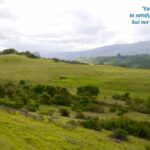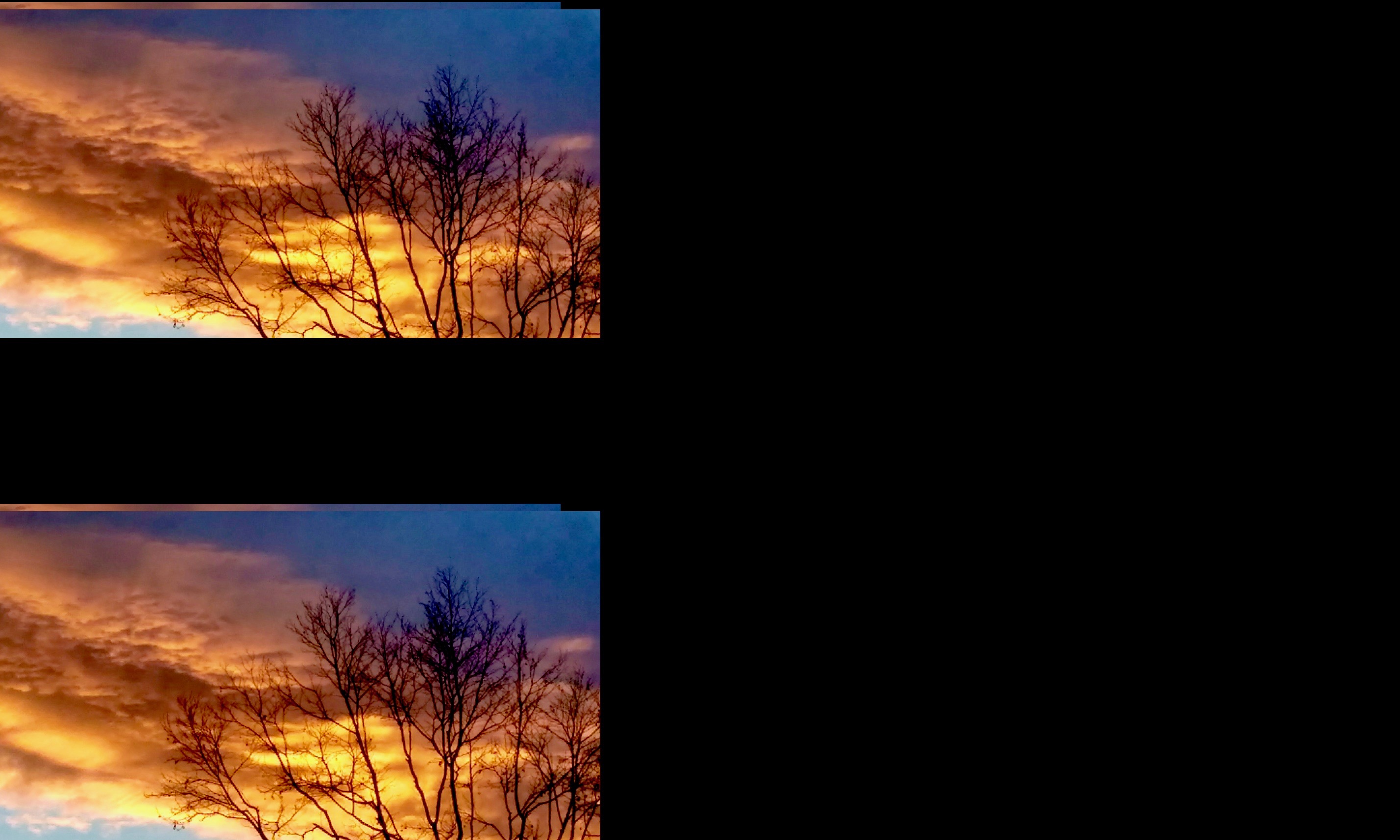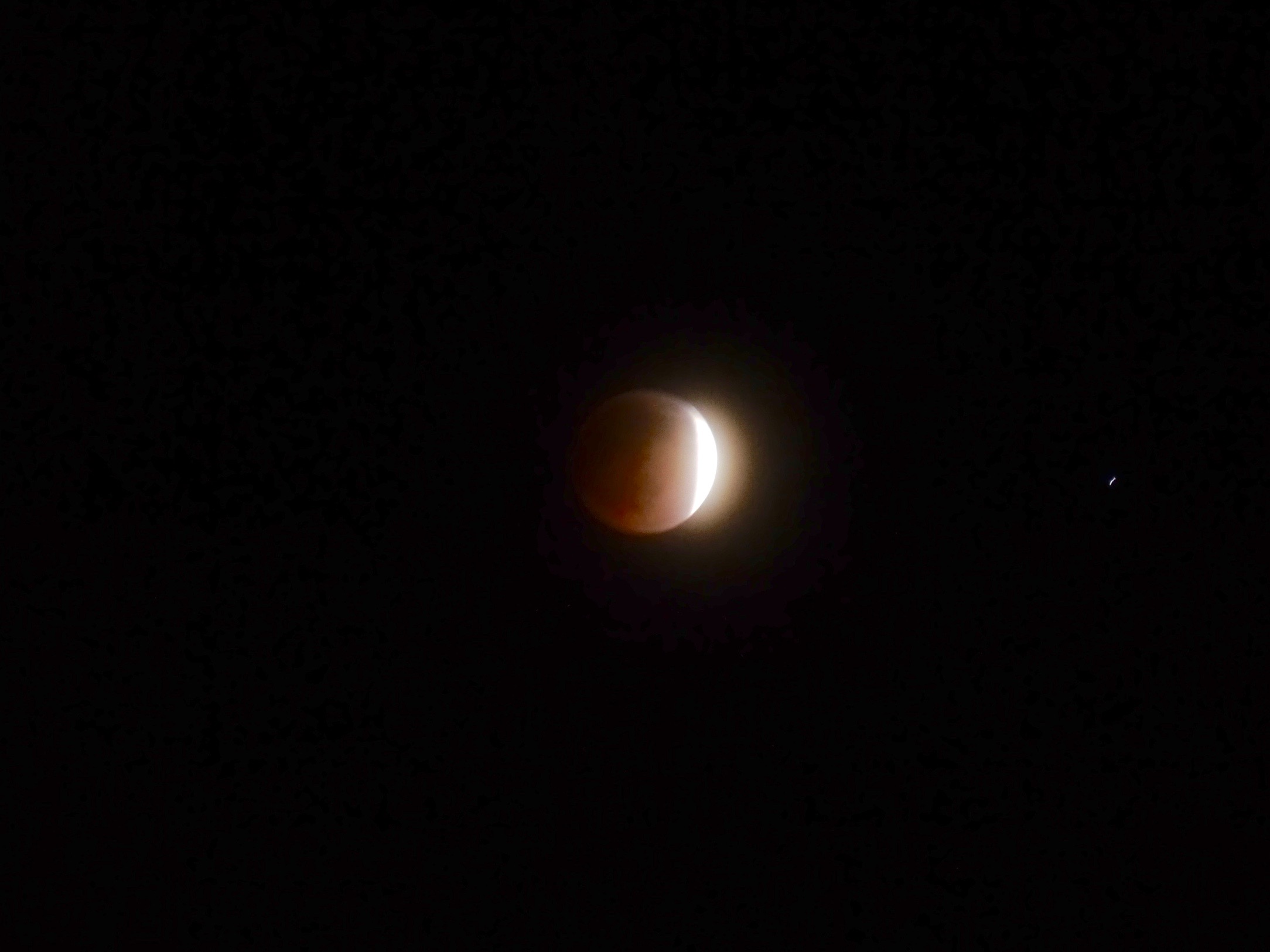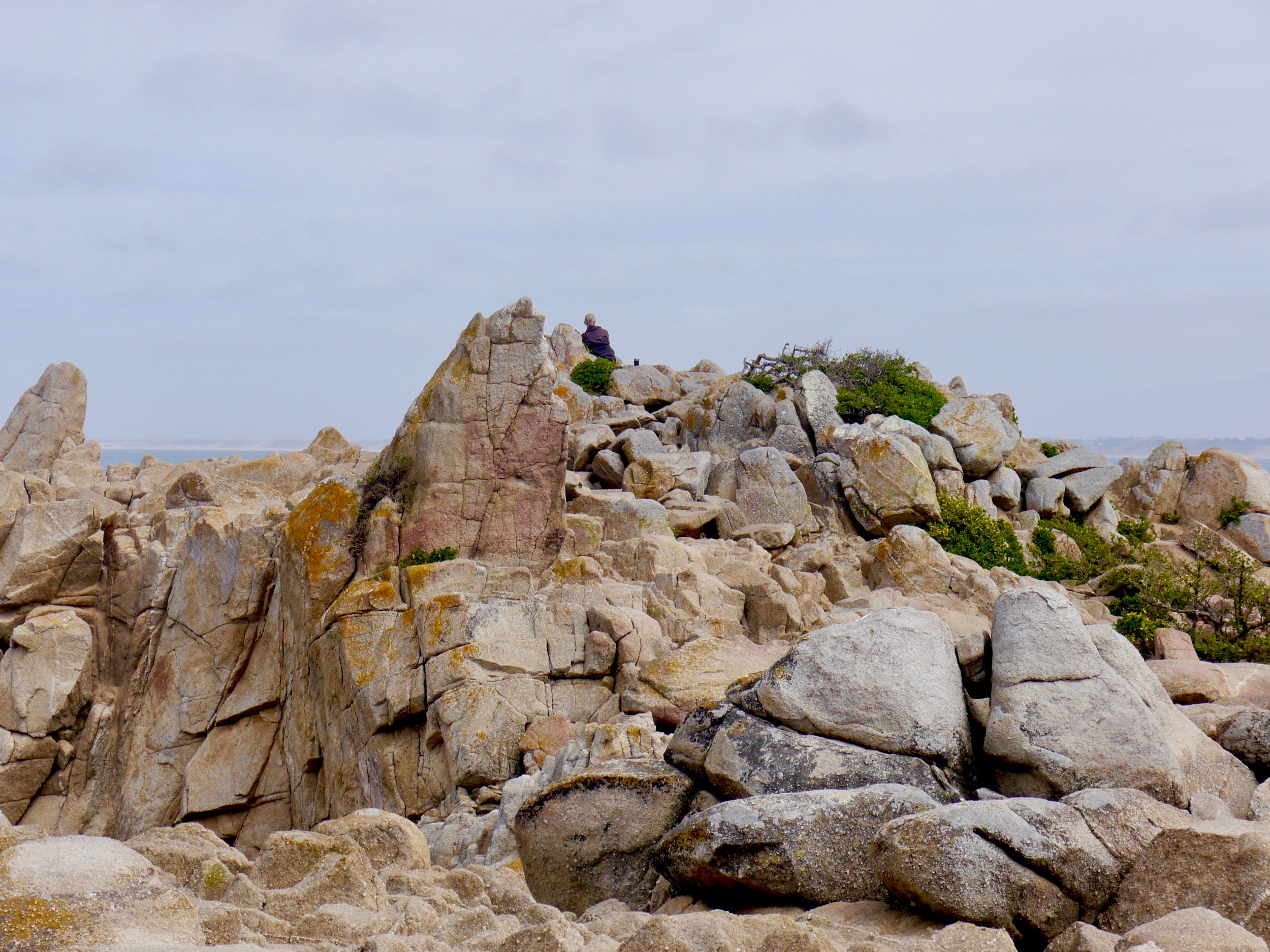
I recently read the book Einstein and the Rabbi by Naomi Levy, a woman Rabbi. She begins her book by telling the story of Rabbi Robert Marcus. This Rabbi was struggling with his grief over the untimely demise of his ten-year old son. One would have expected such a person to have sought solace and the solution for his sorrow from a person with a religious background like he was. Instead, he turned to a man of science, a fellow Jew.
Here is the substantive portion of Einstein’s letter to him:
“A human being is part of the whole, called by us the “Universe,” a part limited in time and space. He experiences himself, his thoughts and feelings as something separate from the rest, a kind of optical delusion of his consciousness. The striving to free oneself of this delusion is the one true issue of religion. Not to nourish the delusion but to try to overcome it is the way to reach the attainable peace of mind.”
Einstein was an agnostic; although there are Jews and Christians and atheists alike who claim him as one of their own. But one thing all of them agree on is that Einstein was undeniably one a genius and one of the greatest minds in science.
Science deals with observations and measurements. The senses are the mind’s primary tools for data input. Measurements (of mass, weight, density, speed, etc.) are the tools for defining and understanding objects and events. The basic assumption of science is that what can be measured can be understood, managed and manipulated. This mantra has also been adopted in management and business. To see is to believe.
Albert Einstein once wrote on his blackboard: “Not everything that counts can be counted, and not everything that can be counted counts.” In the same manner, not everything that can be seen exists; not everything that exists can be seen.” Reality is much more complex. “There are more things in heaven and earth, Horatio,
than are dreamt of in your philosophy.” Hamlet declares.
Einstein appreciated this complexity of reality but at the same time he also believed that everything and everyone is part of the whole we call universe. Everything that exists in somehow interconnected because everything is part of the whole.
If the universe is one, there can only be one cause. And unless we believe in this truth, we will never see reality for what it is. To believe then is to see. We see the beauty of flowers in bloom, then we can believe that there is a Creator who is the source and maker of that beauty.









 Today is Earth Day. I feel a deep spirituality whenever I look at Nature. This quotation from Gerald Manley Hopkins always tend to remind me of this feeling that God is in Nature: “The world is charged with the grandeur of God.” One only needs to look at the skies, contemplate its vastness the multitudes of stars, or enjoy the ocean breeze and be carried away by all the beauty of the mountains to know that there is indeed a God.
Today is Earth Day. I feel a deep spirituality whenever I look at Nature. This quotation from Gerald Manley Hopkins always tend to remind me of this feeling that God is in Nature: “The world is charged with the grandeur of God.” One only needs to look at the skies, contemplate its vastness the multitudes of stars, or enjoy the ocean breeze and be carried away by all the beauty of the mountains to know that there is indeed a God.





